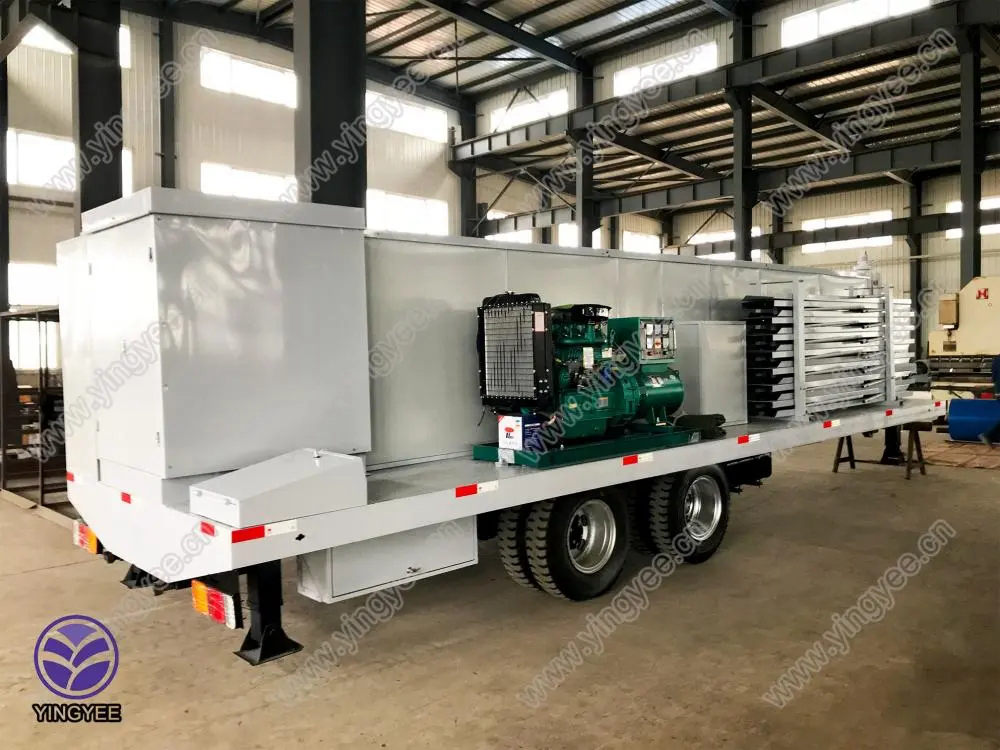
Understanding the Corrugated Sheet Machine A Comprehensive Overview
In the manufacturing landscape, few machines have revolutionized the production of corrugated sheets as efficiently as the corrugated sheet machine. This remarkable piece of equipment plays a crucial role in various industries, providing essential materials for packaging, construction, and more. In this article, we will explore the key features, workings, and significance of the corrugated sheet machine.
What is a Corrugated Sheet Machine?
A corrugated sheet machine, often referred to as a corrugator, is a specialized device designed to create corrugated sheets from flat sheets of material. These machines can produce a wide range of corrugated products, including sheets used in boxes, roofing, and partitioning. The primary materials processed by these machines are typically cardboard, paper, and sometimes plastic or metal alloys.
Key Components of a Corrugated Sheet Machine
The efficiency and effectiveness of a corrugated sheet machine depend on its several key components
1. Feeding Section This initial segment allows for the smooth feeding of raw materials into the machine. It is equipped with rollers and guides that ensure the flat sheets are positioned correctly for processing.
2. Forming Section In this section, the flat sheets are subjected to heat and pressure, effectively forming the characteristic wavy structure of the corrugated sheet. This is typically done using heated rollers that shape the material into the desired profile.
3. Adhesive Application Depending on the type of corrugated being produced, adhesives are applied to bond the sheets together. This ensures the sturdiness and durability of the final product.
4. Cutting Section Once the sheets are formed and bonded, they move to the cutting section where they are trimmed to the desired size. This segment may include digital controls for precision cutting.
5. Stacking and Finishing Finally, the finished sheets are stacked and prepared for shipping or further processing. This section often includes quality control mechanisms to detect any defects.
The Working Process of a Corrugated Sheet Machine
The production process begins with the feeding of flat sheets into the machine. These sheets are typically made of paperboard, which is both lightweight and strong. As they enter the forming section, they pass between heated rollers. The heat softens the material, allowing it to mold into the corrugated shape.
Adhesives are then applied at critical junctions, ensuring that the fluting remains bonded to the liners, which add tensile strength to the sheets. Once the sheets have been shaped and bonded, they are cut to size and layered neatly for distribution.
Advantages of Using a Corrugated Sheet Machine

1. Efficiency
Modern corrugated sheet machines are designed for high output, capable of producing large volumes in a relatively short time. This efficiency helps manufacturers meet the growing demand for corrugated products in various sectors.
2. Versatility
These machines can produce different types of corrugated sheets to cater to diverse applications, from sturdy boxes for shipping to lightweight sheets for roofing solutions.
3. Cost-Effectiveness
With the capacity to minimize waste and optimize raw material use, corrugated sheet machines help reduce overall production costs. Manufacturers can achieve better margins by producing high-quality sheets at lower operational costs.
4. Environmentally Friendly
The increased use of recyclable materials in the production process supports sustainability efforts. Many modern corrugated sheets are made from recycled paper, contributing to a reduced environmental footprint.
Significance in Various Industries
In packaging, corrugated sheets have become a staple due to their lightweight yet strong properties. They are utilized in shipping boxes that protect products during transit. In construction, corrugated sheets are also used for roofing and insulation, offering durability and resistance to various weather conditions.
Future Trends
As technology advances, we can expect to see even greater innovations in corrugated sheet machines. Automation and AI are set to enhance efficiency, reduce errors, and allow for more complex designs. These innovations will enable manufacturers to respond quickly to changing market demands.
Conclusion
The corrugated sheet machine is a pivotal element in modern manufacturing, contributing significantly to various industries. Its ability to produce efficient, cost-effective, and environmentally friendly products makes it an invaluable asset for manufacturers worldwide. As innovations continue to unfold, the future of corrugated sheet production looks promising, driving advancements across different fields and supporting sustainable practices in manufacturing.